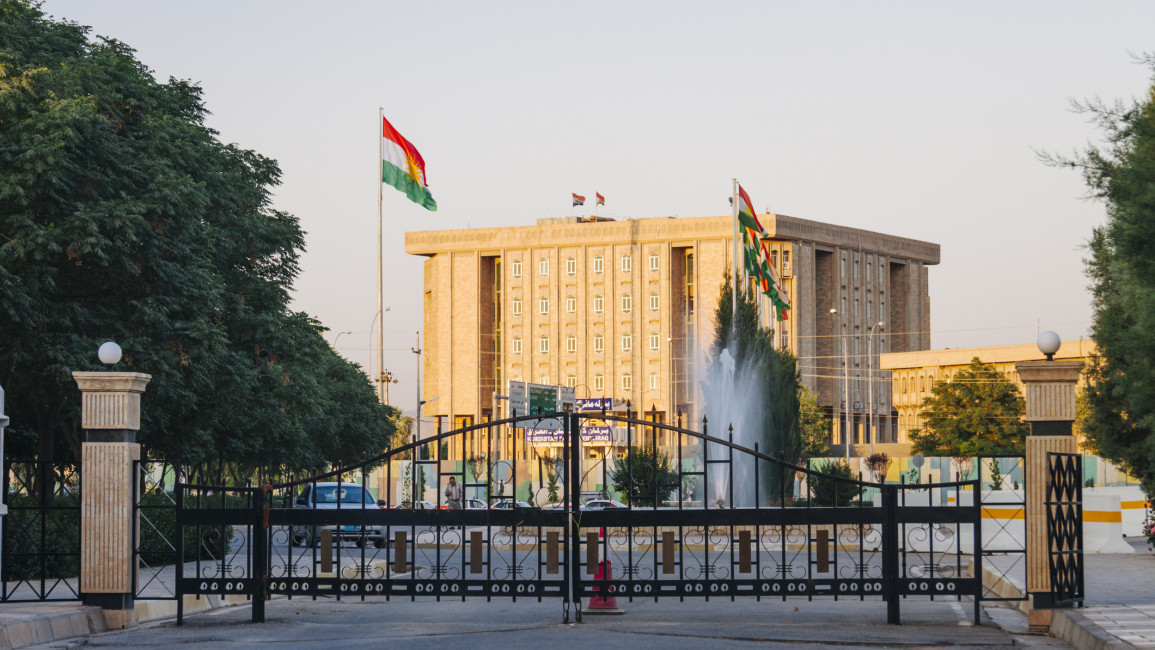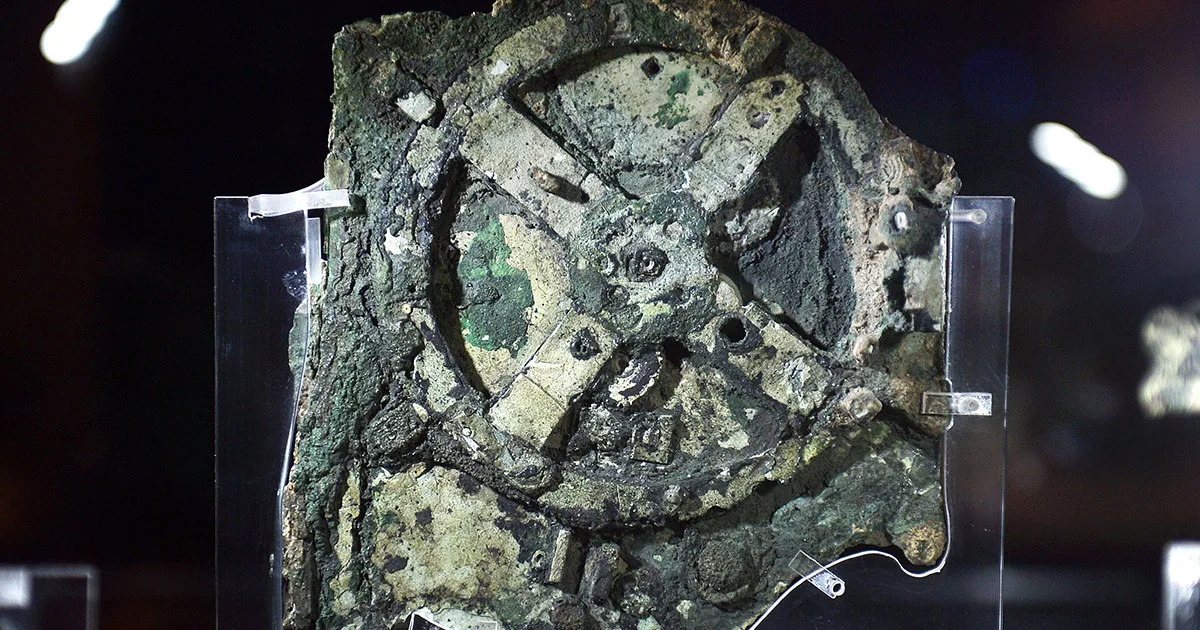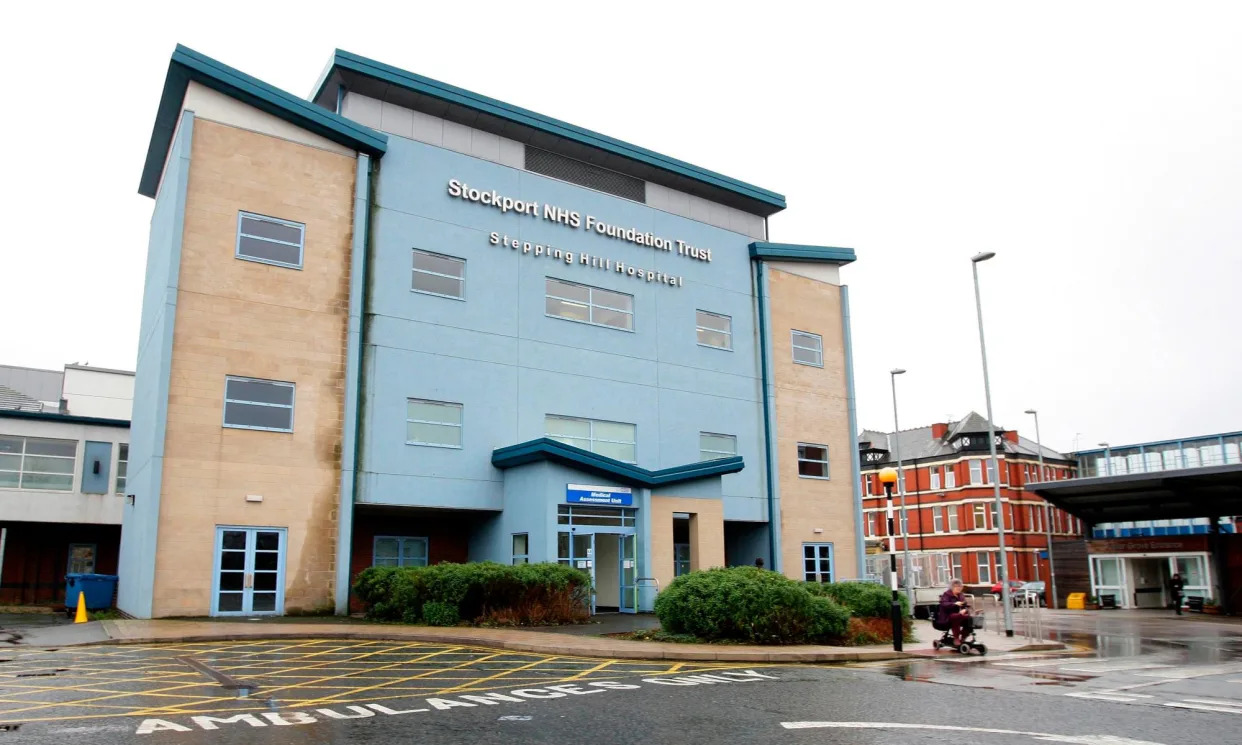Forget Lexington. Forget Bunker Hill. The first battle of the American Revolution — the one that made revolution possible, although not inevitable — was James Wolfe’s posthumous triumph on the Plains of Abraham in 1759.
This engagement, frequently personalized as a duel between the opposing commanders, Wolfe and Louis-Joseph de Montcalm, is best known as a clash between French and British empires that resulted in the British conquest of Canada.
But it was much more than that. The Plains of Abraham was also an American battle, the culmination of a campaign in which thousands of American sailors and soldiers served in the Royal Navy and British Army and on American merchant ships. These Americans helped shape the future of the British empire and in so doing helped set the stage for colonial independence.
The Nine-Year Seven Years’ War (1754–1763)
In the North American component of the Seven Years’ War, France, Britain, and their Indigenous allies fought to control the territories occupied by French colonies and Indigenous homelands to the north, east, and west of British America. The British sought land for a growing colonial population by expelling the Acadians in the east and occupying the Ohio valley in the west. They also sought security for their colonies by invading Canada. The French, fearing the growing power of Britain’s expanding trans-Atlantic realm, sought to prevent British settlement beyond the Appalachians.
Dramatic victories by the French-Indigenous alliance dominated the early years of the war. But the British responded to each defeat by doubling down and sending more troops and more ships to North America. In 1759, Britain launched a massive land and sea offensive aimed at nothing less than the total elimination of French power from northeastern North America. The central element of this offensive was an amphibious assault on Quebec led by Wolfe and Vice Adm. Charles Saunders, an assault that relied heavily on the participation of American colonials. Occupying Quebec, Canada’s sole Atlantic port, would break the colony’s link with France. With supplies and reinforcements from France cut off, the French presence in Canada and the Ohio valley would collapse.
Bluejackets and Merchant Mariners
Britannia may have ruled the waves in the 18th century, but the British could not have gone to Quebec without the support of the American merchant marine. Seventy-four of the 139 transports that carried troops and supplies from Halifax to Quebec came from Boston, New York, and Philadelphia.
Once the British-American force reached Quebec, they were sustained by provisions from the Thirteen Colonies carried in American merchant vessels travelling in Royal Navy convoys. The contribution of these ships cannot be overestimated. While the French in Canada, cut off from the outside world, strove desperately to feed their army at Quebec, the British and Americans fought at the end of a logistics fire hose that delivered “frequent supplies of all kinds of refreshments” throughout the campaign. On a single day, Thursday July 12, the master of HMS Scarborough, escorting a nine-vessel convoy from Boston to Quebec, counted a total of 25 ships in sight.
The Royal Navy itself would have been far less effective during the Quebec campaign without American assistance. Severely short of naval personnel, the British secured the services of American mariners, known as the “New England Volunteers,” who filled the gaps in Saunders’ crews. Like Americans in provincial units serving alongside the British Army in the interior, the New England Volunteers joined the Royal Navy for a single campaign season, then returned home.
The most prominent of these temporary Jack Tars, at least as far as historians are concerned, was Ashley Bowen of Marblehead, Massachusetts, an acting midshipman aboard HMS Pembroke. A diarist, autobiographer, and watercolorist, Bowen provides an American account of the naval side of the assault on Quebec, illustrated by paintings that made him one of America’s first naval war artists and enlivened by vignettes of encounters with campaign celebrities.
As the fleet approached Quebec, Bowen joined the first of these celebrities, James Cook, the future Pacific explorer, in charting a dangerous stretch of river. “At 4 A.M.,: he wrote, on June 14th, “… I went with our Sailing Master [Cook] in our cutter a-sounding for the channel through the Traverse.” Bowen must have made a good impression on the famous navigator, for he further noted that “Mr. Cook would have me go with him wherever he went a-sounding or discovering … and he did not forget me on Banian Days [days when meat was not included in the ship’s rations] to dine with him.”
A month later, after landing artillery from HMS Pembroke’s pinnace (a small sailing boat) at the British encampment at Montmorency, Bowen ran into none other than Wolfe. Their conversation provides a rare glimpse of an American participant in the campaign describing who he was and why he had come to Quebec.
I advanced towards him and the General hailed me. “Who are you?”
I answered him “A friend!”
“What department are you of?”
I said of the Marine Department.
“What ship?”
I answered, “His Majesty’s Ship Pembroke.”
“What are you on board the Pembroke?”
My answer was “Acting Midshipman.”
“Where is your uniform?”
I said, “I have none. I come from New England with a company of volunteers to serve His Majesty in the reduction of Canada.”
Celebrity encounters aside, his time on HMS Pembroke gave Bowen a master class in naval support for army operations. The core purpose of ships of the line like HMS Pembroke at Quebec was to give Saunders the capacity to counter an attack by a French fleet. In the absence of French naval intervention, HMS Pembroke’s activities included, but were not limited to, transporting troops to from Halifax to Quebec, acting as a mobile base for the “flat bottomed boats” that ferried troops, artillery, supplies, and messages throughout the area of operations, landing regulars and rangers to secure French islands, sending the ship’s marines ashore to reinforce army units, conducting shore bombardment and counterbattery fire, fending off attacks on British vessels by flotillas of French rowboats, providing guard boats, charting the St. Lawrence River and buoying safe channels, rescuing grounded transports, and dodging French fireship attacks.
When Wolfe landed above Quebec and advanced to the Plains of Abraham, HMS Pembroke and Bowen played a key supporting role. On the night of Sept. 12–13, Bowen was in one of the ship’s boats from HMS Pembroke and other vessels that hovered off the coast below Quebec as if they were about to disembark a landing force. Their presence provoked considerable confusion among the French and drew French attention away from the real attack. Bowen’s account of this venture was concise and to the point. “At 6 P.M. Admiral [Saunders] made a signal for all boats manned and armed, and we went and made a feint at the River St. Charles, and at 11 I repaired on board our ship Pembroke.”
Rangers in Action
The highest profile Americans at the siege of Quebec were the 600 rangers who appear in pretty much every history of the campaign. The special forces of their day, the rangers provided Wolfe’s army with scouts and raiders, most notably in a major operation to burn farm buildings (but not churches) and watercraft along the south shore of the St. Lawrence River. Wolfe hoped that this destruction would either force Montcalm to abandon his fortified position and fight a battle in the open or, should the expedition fail, to reduce Canada’s value as a French base of operations. He had planned for this contingency while en route to Canada, proposing that, “If … we find, that Quebec is not likely to fall into our hands (persevering however to the last moment)” his army would “destroy the Harvest, Houses, & Cattle, both above & below [Quebec] … &… leave famine and desolation behind me.”
Ranger David Perry provides a vivid description of how this worked out in practice:
The main party marched up the river, burning and destroying everything before them: and our company followed on some distance in the rear, collecting the cattle, sheep and horses, and burning the scattering buildings, &c. In this way we continued our march at the rate of about twelve miles a day. Every six miles we found large stone churches, at one of which we generally halted to dinner, and at the next to supper, and so on. We lived well, but our duty was hard — climbing over hills and fences all day; always starting in the morning before break of day.
At the end of the campaign, the commander of this force, which included light infantry and sailors, reported that:
… we marched fifty two miles, and in that distance burnt nine hundred and ninety eight good buildings, two sloops, two schooners, ten shallops, and several batteaus and small craft, took fifteen prisoners (six of them women and five of them children), killed five of the enemy, had one regular wounded, two of the rangers killed and four more of them wounded.
American Redcoats
Yet for all the efforts of Wolfe and Saunders’ British and American sailors, soldiers, and merchant mariners, by the end of the August it looked like the campaign would end in ignominious retreat. Saunders’ fleet had brought the army to Quebec and carried soldiers wherever they needed to go along the St Lawrence River. Wolfe, for his part, had waged a brilliantly successful war against Canadian architecture, shelling much of Quebec’s urban landscape into rubble and destroying farmhouses and barns. But he hadn’t come even close to actually beating the French.
Then, on Sept. 9, Wolfe had an epiphany. His army would land at night at the Anse au Foulon, just above Quebec, seize a roadway (now the Côte Gilmour) leading up the cliffs, and deploy before the city, forcing Montcalm to come out and fight. The operation succeeded and on Sept. 13 Wolfe defeated Montcalm on the Plains of Abraham. This brings us to the final American element of the British forces, the regulars.
Just as the Royal Navy needed American sailors and American merchant ships, the British army needed American soldiers to fill the ranks of battalions that had landed in the colonies understrength or to replace the casualties of years of war. This meant that of the 9000 redcoats Wolfe brought to Quebec, 3000 had been recruited in the American colonies. (Note that this figure includes men who enlisted in Nova Scotia and many who were likely recent arrivals from Britain).
Six of Wolfe’s 10 battalions contained significant numbers of Americans. Three-quarters of the 47th and 48th, and half of the 35th and second and third battalions of the 60th, had enlisted in the colonies. So had almost all of the grenadiers of the 40th and 45th who formed two of the three companies of the Louisbourg Grenadiers, a composite battalion formed from the grenadiers of the Louisbourg Garrison. Three hundred more “provincial pioneers” provided labor for construction work.
When Wolfe reached the Anse au Foulon, his American redcoats landed alongside their British comrades. On the Plains of Abraham, the 47th occupied the center of Wolfe’s line and the Louisbourg Grenadiers stood with their general at its southern extremity. The 2/60th and 35th held Wolfe’s north and south flanks against continuous attacks by aggressive Canadian and Indigenous skirmishers, while the 48th formed a reserve line. West of the main body, the 3/60th guarded the Anse au Foulon and drove off an attack by a body of elite French troops from west of Quebec.
Just after 10:00 a.m., when Montcalm abandoned a strong position and launched a downhill charge against the British position, American redcoats took part in the eight-minute exchange of musket fire that shattered the French battalions. They followed Wolfe when he led a countercharge against the shaken remnants of Montcalm’s army. When Wolfe fell to the ground, mortally wounded, he did so amidst the American soldiers of the Louisbourg Grenadiers.
A Nation in Waiting
Americans at Quebec served and fought as proud British subjects. As Union Jacks rose above the city’s Upper and Lower Town, it could not have occurred to many American witnesses that in winning the Battle of the Plains of Abraham and capturing Quebec, they had unwittingly undermined the foundations of the British empire in North America.
For by the 1750s, Britain’s American colonies were powerful entities in their own right. Pehr Kalm, a Swedish botanist who visited the French and British colonies between 1748 and 1751, served as the pastor of a Swedish Lutheran church in New Jersey, and married an American, came to know the region and its people very well. ”I have been told by Englishmen,” he wrote, “and not only by such as were born in America but also by those who came from Europe, that the English colonies in North America, in the space of thirty or fifty years, would be able to form a state by themselves entirely independent of Old England.”
Economically and demographically robust, Britain’s American colonies were governed by elected assemblies, who used their control of finances to limit the influence of appointed governors and rule in the interests of colonial elites. At these assemblies, Kalm observed, “everything relating to the good of the province is … debated … the old laws are reviewed and amended, and new ones are made, and the regulation and circulation of the coinage together with all other affairs of that kind are determined.”
Long before the Seven Years’ War, the colonies had proved to be more than capable of converting their economic and demographic strength into military power and using this power to confront European adversaries from Quebec to St. Augustine. Their greatest triumph came in 1745 when an army of 3,000 New Englanders, carried by a colonial armada of 90 transports and 13 armed vessels and supported by a Royal Navy squadron, captured Louisbourg in Quebec after a 46-day siege.
Yet the French presence in North America posed a major obstacle to any attempt to convert the colonies from potential to actual independent powers. In 1732, when James Logan, chief justice of Pennsylvania, confidently asserted that Americans would never reject the British empire, he added pragmatically that “While [French-controlled] Canada is so near, they cannot rebel.” Kalm agreed, writing, “As the whole country which lies along the seashore is unguarded, and on the land side is harassed by the French, these dangerous neighbours in times of war are sufficient to prevent the connection of the colonies from their mother country from being broken off.”
Brigadier James Murray, the British commandant of Quebec, expressed the same opinion in conversation with a French officer after the capitulation of Canada in 1760.
“Do you think,” he asked, “that we will give Canada back to you?”
“I am not,” replied the French officer, “sufficiently familiar with high policy to see so far ahead.”
“If we are wise, we won’t keep it. New England needs a bridle to keep it under control, and we will give it one by not holding on to this country.
Winning the War, Losing the Peace
Murray, it turned out, possessed a keen grasp of North American realities. So did Logan and Kalm. In capturing Quebec, Bowen, Perry, and their British and American comrades upset the longstanding equilibrium between latent American power and apprehended danger from the French in Canada.
That hadn’t mattered at the time. The conquest and cession of Canada triggered explosions of joyful loyalty among Americans. But winning the Seven Years’ War placed the British government in a rather awkward situation. The triumphant peace left Britain on the hook for a massive war debt and responsible for governing French-speaking, Catholic British subjects in Canada and managing new alliances with Indigenous nations in the west, Canada, and Nova Scotia.
Given that the outcome of the Seven Years’ War had generated immense benefits for American colonials, British officials seem to have blithely assumed that said colonials wouldn’t mind making sacrifices to help out and more tightly integrate the empire. Obeying, cheerfully or grudgingly, laws passed by a parliament in which they were not represented would be a small price to pay for the elimination of the perceived French threat to the colonies.
Except… apparently it wasn’t. Buying stamps or paying a tax on molasses or tea to help cover the cost of the war proved to be more than many Americans would tolerate. A series of similar Acts of Parliament culminated in the tactfully named “Coercive Acts” that locked down the port of Boston, gave the imperial governor control over the governance of Massachusetts Bay, allowed this governor to move trials outside the colony, and permitted the billeting of troops in unoccupied American-owned buildings. These measures, together with the Quebec Act that granted religious freedom and limited civil rights to Canadian Catholics, drove a strong plurality of white, male, propertied colonials to support military measures, first to assert their “rights as Englishmen,” then to fight for independence.
This fight succeeded in part because Parliament in its infinite wisdom had chosen the worst possible time to alienate Americans. The conquest and cession of Canada not only ended colonial reliance on British protection, it also gave France a massive incentive to avenge defeat in the Seven Years’ War and reduce British power by embracing American rebels. Supported by French subsidies, equipped with French weapons, and reinforced by French troops and warships, Americans won their independence and formed the United States of America.
Let’s be clear, the Battle of the Plains of Abraham had not in itself produced the American Revolution. Making something potentially possible is not the same as making it happen. But in the event, contingencies aligned in such a way that the British-American victory at Quebec ignited a slow fuse leading to the geopolitical powder keg that exploded at Lexington in 1775.
D. Peter MacLeod is the former Pre-Confederation Historian and Director of Research at the Canadian War Museum. He is the author of The Canadian Iroquois and the Seven Years’ War, Northern Armageddon: The Battle of the Plains of Abraham and the Making of the American Revolution, and Backs to the Wall: The Battle of Sainte-Foy and the Conquest of Canada.
Image: Woodville via Wikimedia Commons













 (Image: The Herald)
(Image: The Herald)